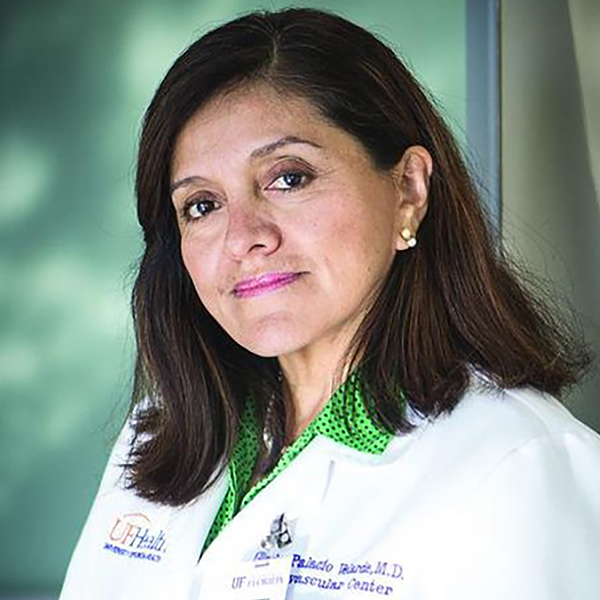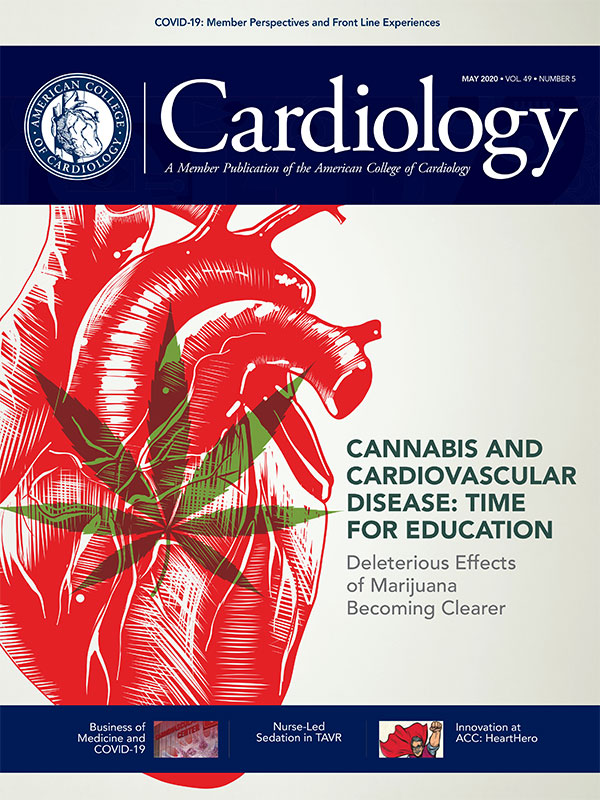From AIDS to COVID-19: A Lesson For the Present
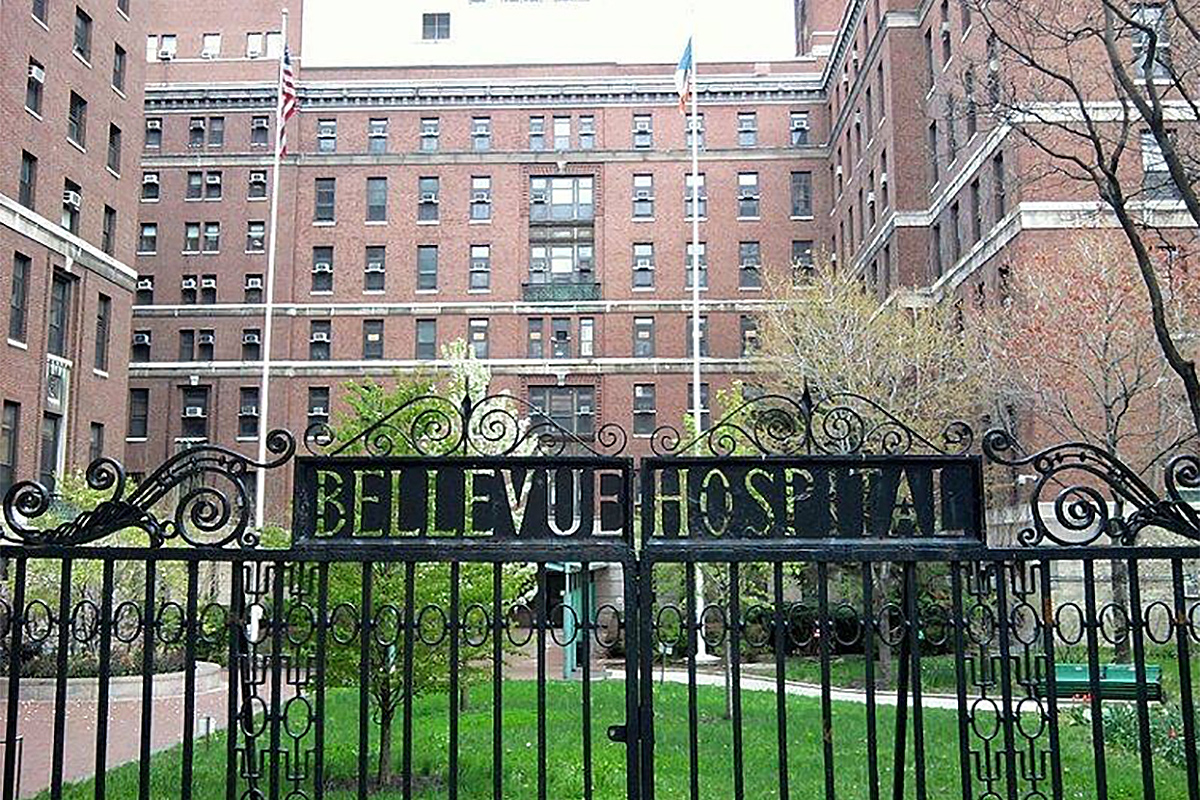
FEATURE | As a third-year medical student at one of the busiest hospitals in the country and the world, I learned some of the most important lessons of my life. Tragedy and despair can make you a better doctor. Medical students consider the third year of medical school as the best year, the clinical year.
It is a milestone year of sorts, as students get graded on clinical performance and not just textbook knowledge. Students take to the wards out of the classroom, wear the traditional short white coat and pretend they are now "doctors."
My initiation into this year was one full of excitement, but increased trepidation, many unknowns and at times significant fear. In the 1980s and early 1990s, the outbreak of HIV and Aids swept across the U.S. and the rest of the world.
I trained at Bellevue Hospital in New York City during that time. It is estimated that since the beginning of the epidemic in 1980s, 75 million people have been infected with the HIV virus and more than 32 million people have died of it.
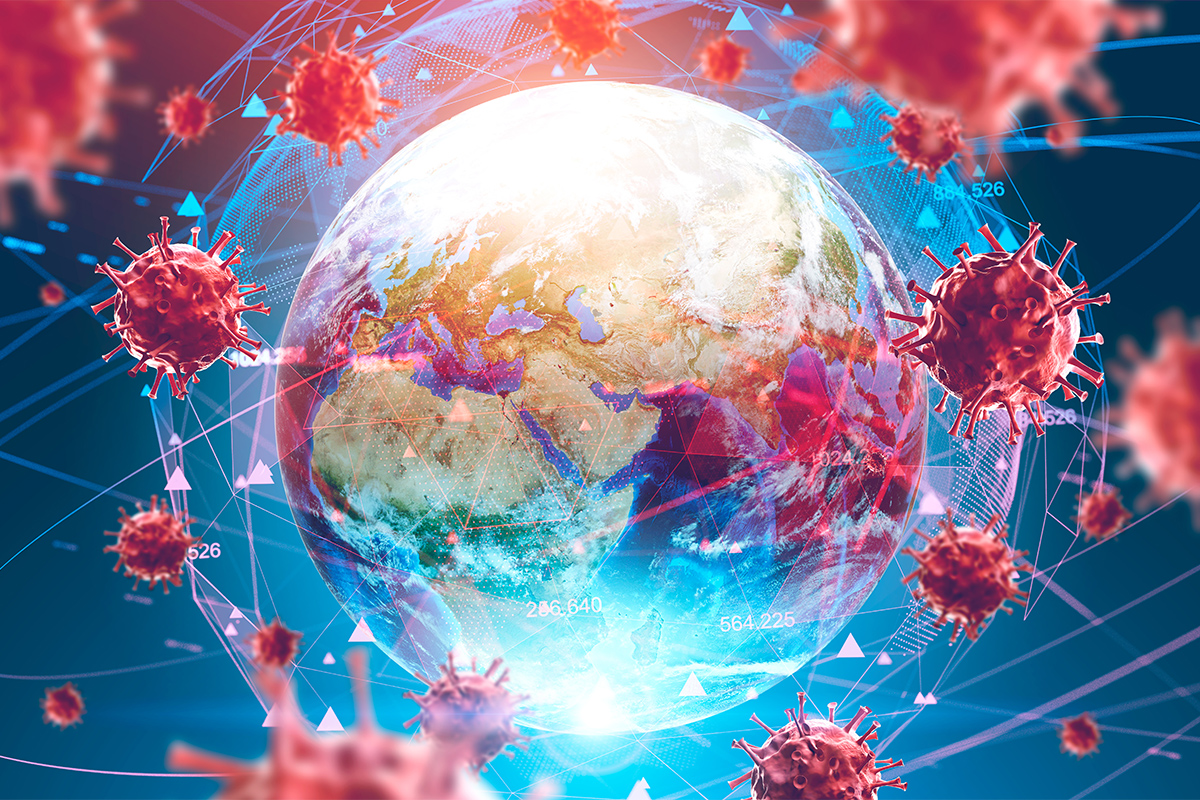
The current COVID-19 pandemic affecting many countries in different continents reminds me of those years when – as an idealistic naïve young medical student – I cared for hundreds of HIV and AIDS patients. Bellevue, the oldest public hospital in the U.S. and a place many considered the hub for infectious disease training in the 80s and 90s, was overflowing with HIV and terminal AIDS patients.
I remember gowning and masking, as if I was going to the moon. I remember the fear in people's faces – the patients, nurses, doctors and students – all facing many unknowns.
How long does the virus live outside the body? Is it in saliva? Sweat? Sputum? What is the transmission rate?
I saw the worst and best of humanity as a medical student during that time. I witnessed neglect, marginalization and discrimination. At the time, and for a while after, the public considered AIDS a "gay disease." There were many questions and not enough answers, yet an indomitable will to keep fighting and care for the sick remained in most of us.
As a student in the busy wards of Bellevue, I became an expert in diagnosing Pneumocystis carinii, and distinguishing it from heart failure. Recognizing oral candidiasis and Kaposi's sarcoma was as routine as recognizing hypertension. I learned of the loneliness, stigma and despair these patients felt.
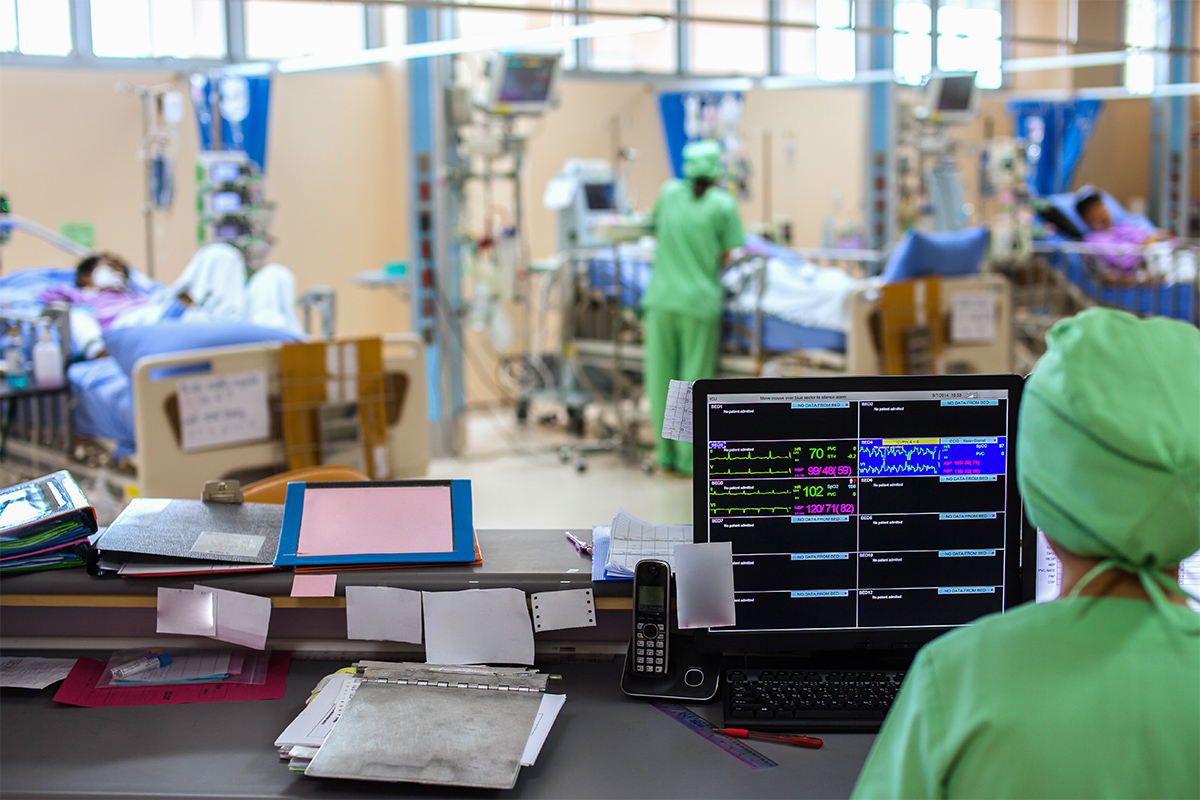
It was difficult to see the isolation they had to endure in addition to physical pain. Their mental and physical anguish will live with me until I die.
However, it is the extraordinary memories of the heroes I saw then that I am reminded of today that keep me hopeful. Those who would do the double shift, the med student who would not go home, or the nurse who would hold a patient's hand while a resident tried multiple times to get an IV in their collapsed veins due to emaciation and dehydration.
My clinical years as a medical student at NYU School of medicine were surrounded by death and despair, from a disease now endemic to our world. However, those years were also enclosed by incredible examples of compassion, heroism, knowledge, ingenuity and pure grit.
They were the best years of my life.
I hope I was able to alleviate the pain for some of the ones I helped care for. Those affected taught me so much and I am eternally grateful.
I am humbled everyday by the presence and labor of love that numerous nurses, technicians and other fellow doctors show by caring for our sick every day, especially in these unprecedented times with thousands of COVID-19 patients.
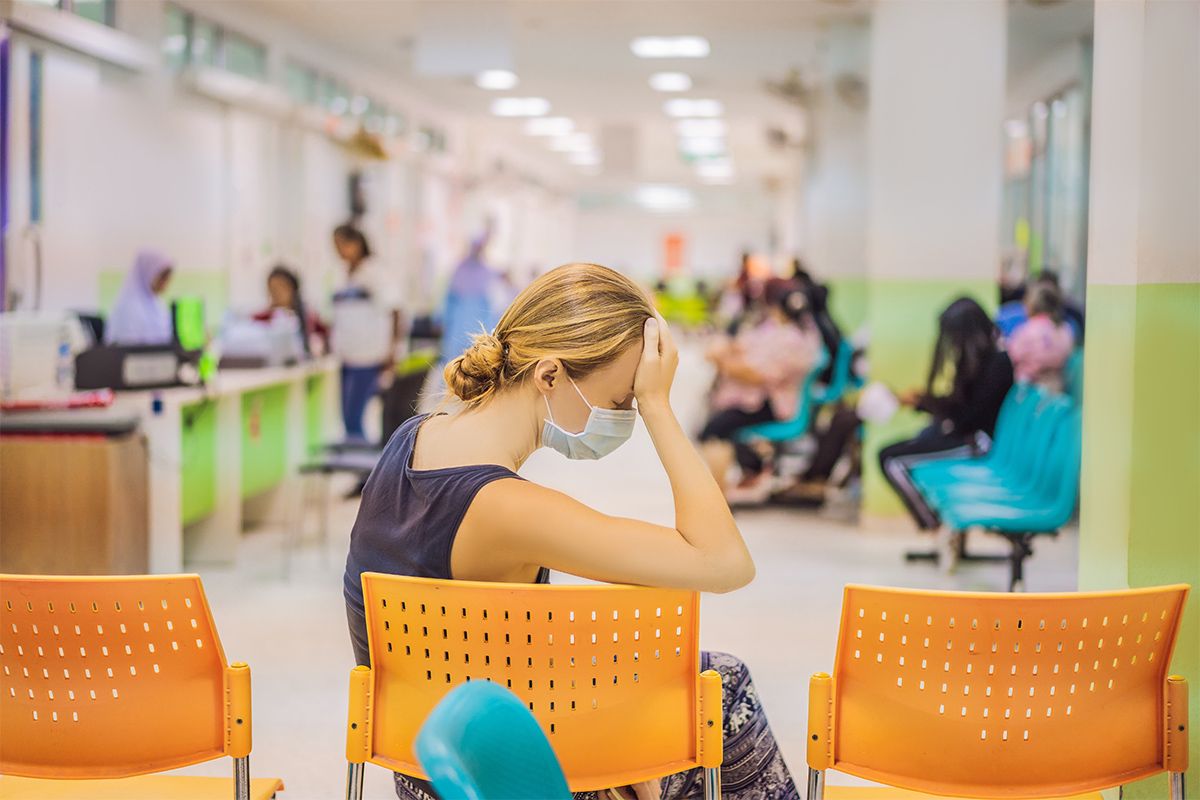
I am overwhelmed by the stories of HIV and AIDS patients sacrificially giving their life saving retroviral medications to patients with COVID-19 to try to save their lives.
The solidarity, compassion and collaboration among physicians, scientists, health care workers, public servants, states and nations is unprecedented. The sharing and dissemination of information through social media is reaching us in record time and alerting us of key differences in our collective COVID-19 experience.
There still is much we do not know about this invisible killer, but we can be certain of one thing, we are united in this fight.
Margaret Thatcher once said, "You may have to fight a battle more than once to win it," and here we are fighting again.
Our best armamentarium to win this war is our knowledge, compassion, dedication, and love for our fellow man and for this profession we revere.
Reference
Division of HIV/Aids Prevention National Center for HIV/AIDS, Viral Hepatitis, STD, and TB Prevention, last reviewed March 12, 2020.

